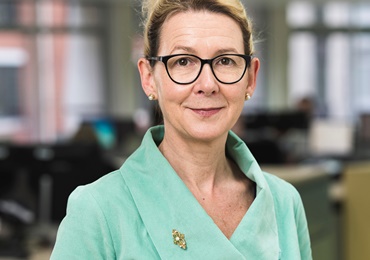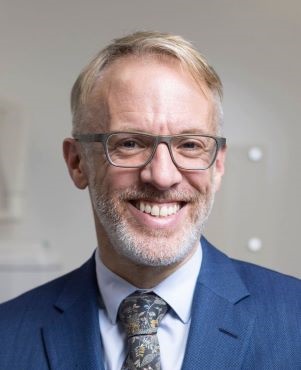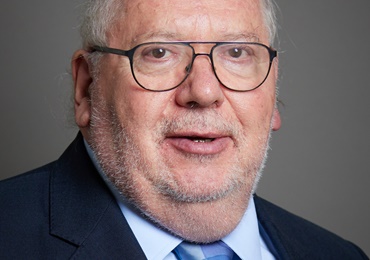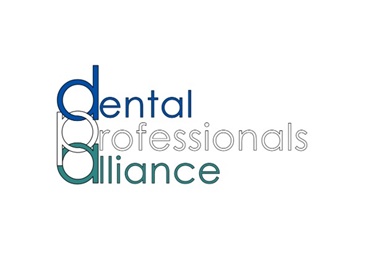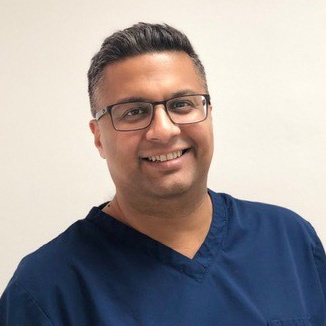Stakeholders perception survey - understanding the context

The GDC is publishing the results of a perception survey it commissioned at the end of 2018. Matthew Hill, the Executive Director with responsibility for research provides some context for the publication on behalf of Council.
At the GDC we work on the principle that understanding the context within which we operate is key to being an effective regulator.
In recent years we have engaged extensively with dental professionals of all disciplines, in all nations and regions of the UK. We have listened carefully to what people have had to say.
That engagement generated, we think, a very clear – although somewhat anecdotal – sense of what people think about us. So, we continue to conduct research in key areas to lend weight to our general observations and to explore specific issues in more detail.
In autumn 2018 the GDC commissioned a large survey of registrants and stakeholders to explore perceptions of us in more depth, and to find out more about what sorts of communication are most effective in getting our messages across to registrants. This is because we are changing the way we regulate, to place more emphasis on promoting professionalism, and this in turn relies on being able to communicate effectively with registrants, individually and collectively.
The research was carried out independently. Little of this was surprising, but that is not to say that it is not valuable.
Broadly speaking, the research tells one story about stakeholders – the institutions and organisations with whom we work – and another about individual registrants.
In relation to stakeholders, the research tells us that not only have we been reasonably successful in reaching our main partners, but also that we have built up helpful good will. Stakeholders have, by and large, recognised that the GDC has changed for the better, and continues to do so.
The headlines for registrants are different. Many registrants, particularly dentists and those later in their careers, still harbour a great deal of negativity towards the GDC. This was not surprising, as it tallies very much with what we see it in our day-to-day activities and communications.
What was particularly useful, though, was that the research confirmed a significant degree of misunderstanding and misconception demonstrated by many of those who participated in the qualitative research, much of which persists even though it is not supported by publicly available evidence. Indeed, one of the implications of the research is that publishing traditional documents, however well written, and expecting them to be read is probably not an effective means of communicating with many dentists and DCPs. This is a conclusion we will be building into our engagement plans going forwards.
I think it's helpful to take this and other opportunities to address from GDC's perspective some of the misplaced beliefs expressed by registrants alongside the research findings. As well as providing more information, I hope this blog will provoke thought amongst professionals about how we can together encourage and contribute to informed public debate about dentistry and how its regulation is promoted. I've set out some examples below:
Perception: "The GDC is unrepresentative and made up of non-dental men"
Reality: While the GDC is not established in law to be directly representative, the 12 members of Council include six registrants, both dentists and DCPs. Eight of the 12 members, including 5 of the 6 registrants, are women. In addition, much of our work is carried out by registrant "associates", for example as fitness to practise panellists or education inspectors. We currently work with over 300 registrants in this way. We also employ both case examiners and clinical dental advisers who are registrants. In addition, this year we have been hosting our first ever clinical dental fellow. And well over half of the GDC's total employees are women. You can find out more about this on our who we are page (link to <who we are>).
Perception: "the GDC doesn't regularly consult with DCPs/dentists when assessing cases or creating new standards" and "there are no general dental practitioners who have worked at the coal face who know what it is like"
Reality: The GDC consults extensively on all new policies, including standards – information about this can be found on our consultations page (link to <consultations and responses>). We work closely with all professional associations both on specific initiatives and in general discussion, for example through the regular 'Dental Professional Forum' we established in 2016. In addition, the assessment of cases involves DCPs and dentists at many key stages of the process, from initial assessment via case examiners (a majority of whom are registrants) and panel hearings. Many of those registrants continue to be engaged in general practice.
Perception: "[increased fees are] used to 'create advertising so patients can complain about us more'"
Reality: in July 2014 the GDC placed adverts in the Telegraph and the Guardian designed to encourage members of the public who wished to complain about private dental treatment to use the Dental Complaints Service, a free and non-adversarial service provided to patients and registrants for resolving complaints. The service resolves complaints much more quickly and cheaply than the GDC's formal fitness to practise processes. The advertising was designed to divert inappropriate complaints away from the GDC. We cannot claim, scientifically, a causal effect, complaints to the GDC have fallen in every year since the adverts were published. Complaint numbers are one of the things we report each year in the annual report and accounts (link to <corporate strategy and business plans>).
Perception: "There doesn't appear to be any follow up [dental school inspections] whilst some concerns were highlighted there doesn't appear to be any improvement after their inspection... I think I would like to see them returning to the dental schools if they don't do that to actually see what progress has been made. And perhaps having have these reports more available for the profession to look at so that everyone can support."
Reality: All inspection reports are published on this page and we follow up any areas identified for action with course providers. While such circumstances are rare, a small number of education programmes have been closed because they were unable to meet public safety requirements.
Perception: "there is a backlog of cases"
Reality: Backlogs of fitness to practise cases are no longer the fact of life that they were at the GDC between 2010-2016. Timeliness in fitness to practise continues to improve, and we have focused on making those improvements sustainable.
This is a small selection from the research and reflects a much wider atmosphere of misunderstanding and misconception among registrants. We do see this continue to be reinforced through social media and word of mouth, which can actually hamper efforts to make regulation work better – another finding of our research. In fact, it is perhaps worth noting that some prominent social media commentators – arguably at the less constructive end of the spectrum of voices in dentistry – appeared to attempt to co-ordinate other registrants to answer our research questions in as negative a way as possible.
We know that there is much we at the GDC can do to continue to learn and improve and we continue to invest significant time and energy to that end. However, this research should also benefit everyone in the sector, particularly leaders, to challenge ourselves about the responsibility we all have to understand and promote the facts and help create the right environment for professionalism in dentistry, in the public interest, to become the driving force in regulation.
The full research report is available on our research page.
Matthew Hill
Executive Director, Strategy
 eGDC
eGDC



